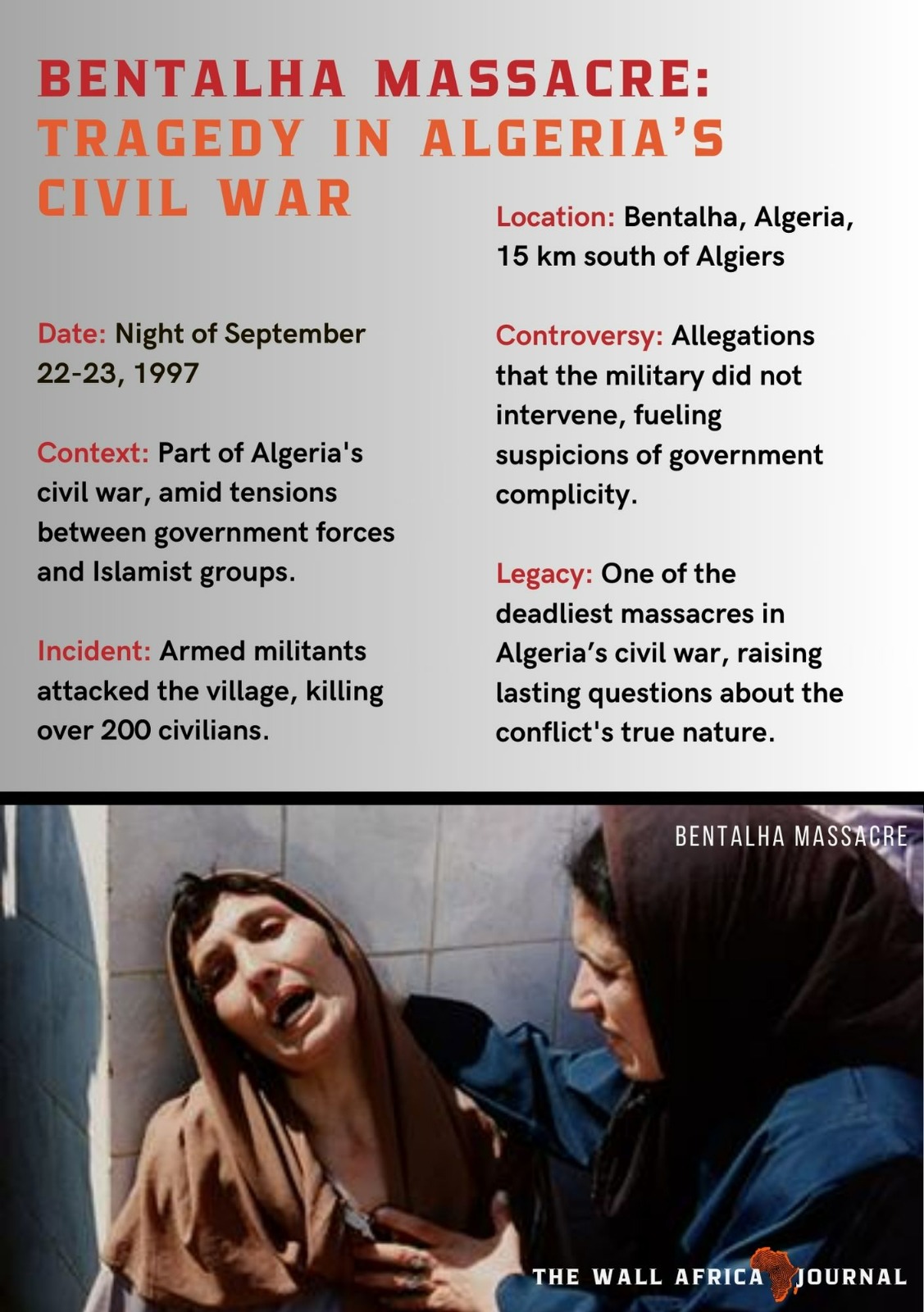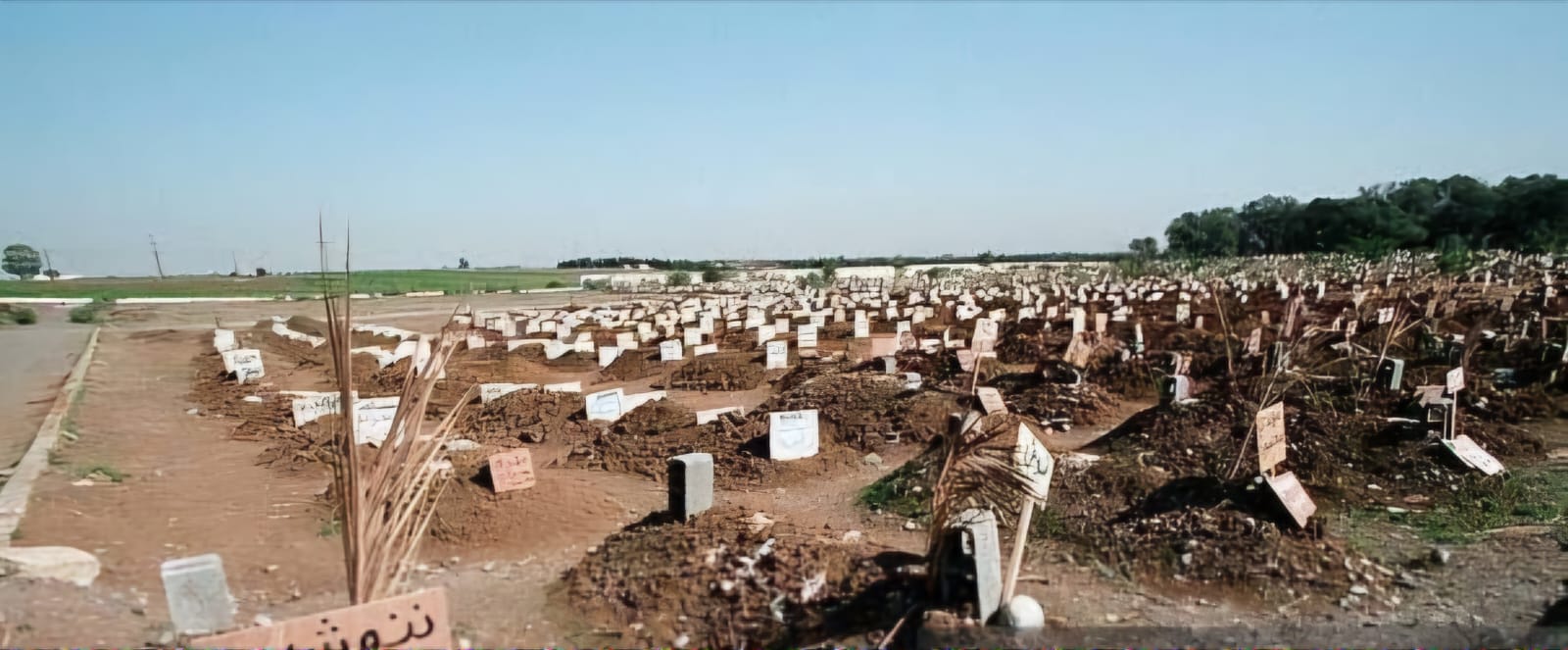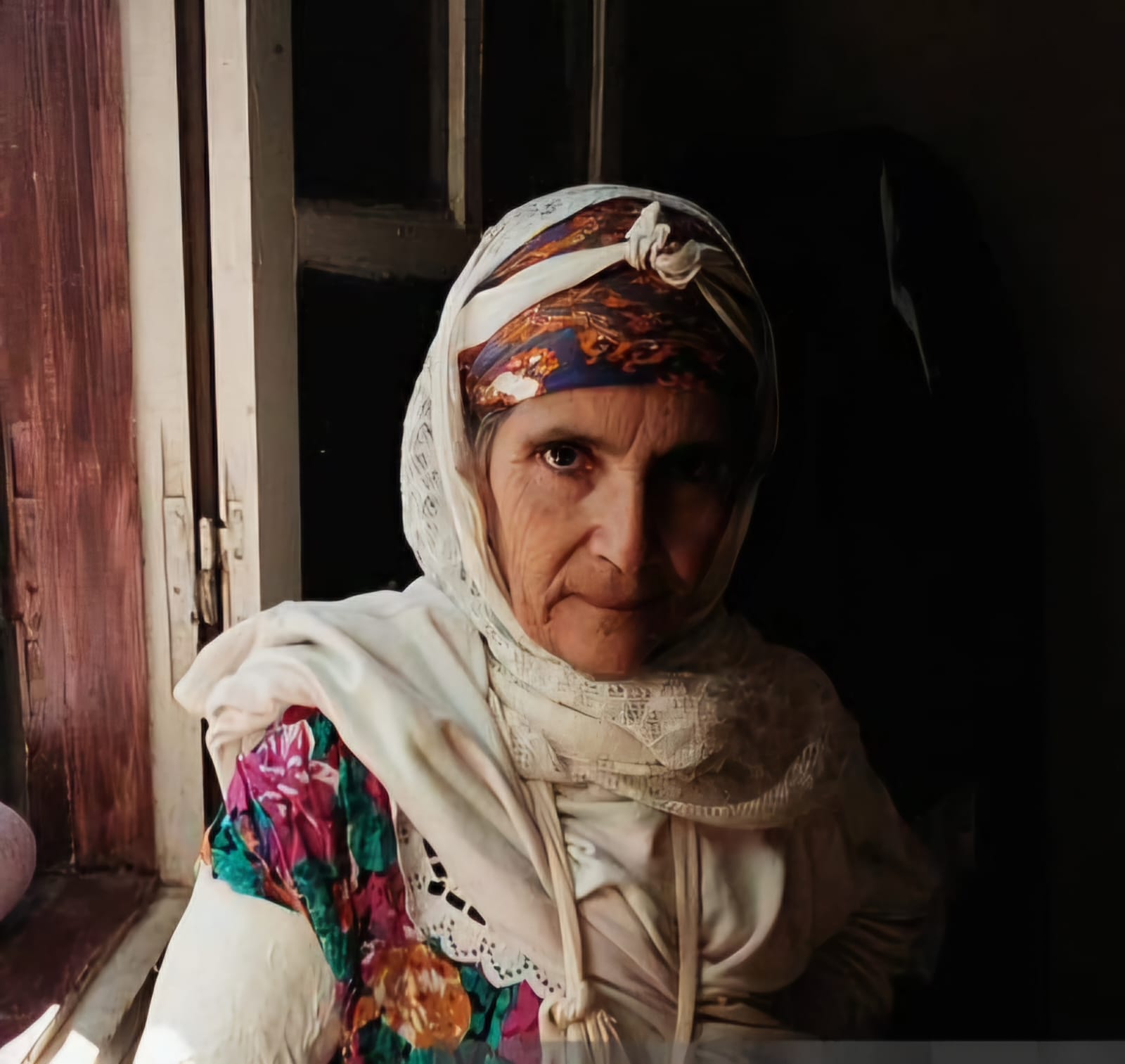On the night of September 22-23, 1997, the small village of Bentalha, located 15 kilometers south of Algiers, became the site of one of the deadliest massacres in Algeria’s civil war. Armed militants attacked the village, slaughtering civilians in a brutal overnight rampage. Reports from Amnesty International placed the death toll at over 200, though estimates varied, with some sources suggesting the number could be as high as 400.
The Context of Conflict
Algeria’s civil war, known as the “Black Decade,” erupted following the government’s decision to cancel the 1992 elections, which the Islamic Salvation Front (FIS) was poised to win. The cancellation sparked a violent insurgency, with Islamist groups taking up arms against the state. One of these groups, the Armed Islamic Group (GIA), became particularly notorious for its violent campaigns.

Bentalha was among the many villages caught in the crossfire. Like many areas that had voted for the FIS, it became a target for both government forces and Islamist militants. Between 1994 and 1996, the GIA had established a stronghold in Bentalha, roaming the streets openly and targeting those they deemed as government sympathizers. The Algerian military maintained a presence nearby, setting up roadblocks and posts, but the GIA’s influence remained strong.
In an attempt to counter the insurgents, the government formed local militias, known as “Patriots,” to assist in defending towns like Bentalha. However, the situation remained volatile, and residents lived in constant fear of violence.
Building Tensions Before the Massacre
Tensions reached a breaking point in August 1997 when a similar massacre occurred in the village of Rais, just a few kilometers from Bentalha. Around 200 people were killed in the attack, and rumors of more bloodshed circulated in the region. In the days leading up to the Bentalha massacre, villagers reported hearing strange sounds, including the howling of jackals, and saw military helicopters flying overhead—an ominous sign of the violence to come.
A Night of Terror
The attack began late in the night of September 22, as explosions rocked the southwestern neighborhood of Hai el-Djilali. Armed militants infiltrated the village, moving house to house, brutally killing civilians. Survivors described the attackers as heavily armed, using weapons ranging from knives to firearms. The violence continued for several hours, leaving a devastating toll in its wake.
Eyewitnesses claimed that while the massacre unfolded, Algerian military units stationed nearby did not intervene. Some survivors reported that army vehicles were seen on the outskirts of the village but remained idle. Others stated that they were prevented from fleeing by military forces, further deepening suspicions about the role of the government in the attack.

By dawn, the militants had left, and the full extent of the carnage was revealed. Bodies of men, women, and children lay scattered throughout the village. The sheer brutality of the massacre sent shockwaves across the world.
Aftermath and Questions of Responsibility
The Armed Islamic Group (GIA) quickly claimed responsibility for the Bentalha massacre, as it had done for the Rais massacre a month earlier. Several GIA members, including Fouad Boulemia, were later convicted for their roles in the attack. Local GIA leaders Laazraoui and Rachid Ould Hamrane were also implicated and killed shortly after the massacre. Rachid’s sister, Nacira, admitted to aiding the militants by identifying homes of individuals who were sympathetic to their cause.
However, the events of that night remain shrouded in controversy. One survivor, Nesroullah Yous, who later fled to France, wrote a book titled Qui a tué à Bentalha? (“Who Killed in Bentalha?”). In his account, Yous argued that the Algerian government had infiltrated and possibly even controlled parts of the GIA, using the massacre as a tool in their strategy to fight the insurgency. He cited the attackers’ confidence that the military would not intervene as evidence of government complicity.
Yous’ claims sparked intense debate, with some accusing him of trying to exonerate the Islamist militants and discredit the state. Algerian authorities vehemently denied any involvement, maintaining that the GIA was solely responsible for the massacre. The controversy has fueled ongoing questions about the nature of Algeria’s civil war, with many wondering how much of the violence was orchestrated by the state versus the insurgents.

A Lasting Legacy
The Bentalha massacre remains one of the most horrific episodes of Algeria’s civil war, a conflict that left an estimated 200,000 people dead. The image of a grieving woman outside a hospital, captured by photojournalist Hocine Zaourar, became the defining image of the massacre and won the World Press Photo award in 1997. It came to symbolize the immense suffering of the Algerian people during this turbulent period.
In the years since, Bentalha’s tragedy has continued to raise questions about the nature of the conflict and the true motivations behind the violence. While many still hold the GIA responsible, the massacre remains a point of controversy in discussions about state involvement in Algeria’s civil war.
As Algeria continues to move forward, the memory of Bentalha serves as a somber reminder of the cost of conflict and the lingering scars of the past.


